Are you experiencing chilly indoor temperatures despite your heat pump being turned on? If so, you’re likely frustrated and seeking answers to the perplexing question, “Why is my heat pump not heating enough?”
A properly functioning heat pump is designed to keep your home warm and cosy, but it can leave you feeling uncomfortable and perplexed when it fails to deliver the desired heat.
In this blog post, we will delve into the possible reasons behind your heat pump’s poor heating performance and provide troubleshooting tips to identify and resolve common issues.
Whether you’re a homeowner or a curious enthusiast, understanding the potential culprits behind your heat pump’s inadequate heating can help you make informed decisions and possibly save you from unnecessary expenses.
Troubleshooting Heat Pump Not Heating Enough Issue
Several possible scenarios might be occurring, so let’s examine them.
1. A Clogged Air Filter
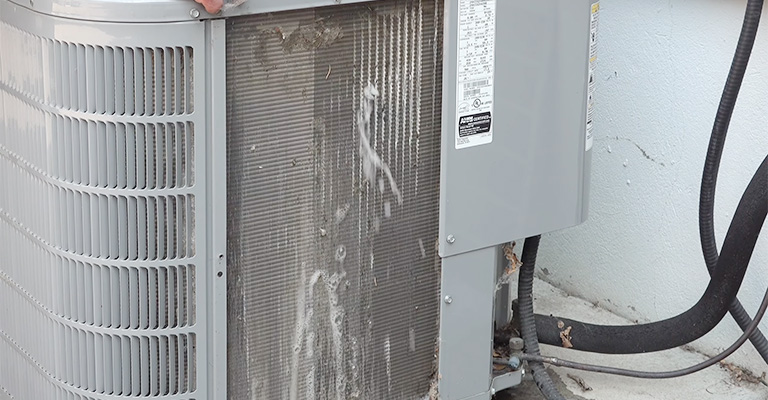
Your heat pump’s AC cabinet should be checked as soon as you notice your heat pump isn’t delivering warmth.
Dust and lint clogging the filter after it hasn’t been changed in many months reduce how much air can enter your heat pump.
You can try replacing the filter to see if the comfort problem is fixed. Keeping up with the filter replacement every one to three months is essential.
2. Your Air Ducts Are Clogged
It is not always the problem of the heat pump not heating enough, which can be attributed to equipment failure. Despite everything working properly, the heat pump still doesn’t keep your house as warm as you’d like.
A clogged air duct might be the source of this problem. Your home will remain cold if there is any blockage anywhere in the ducts, preventing warm air from circulating correctly.
The solution to a simple problem might be as simple as you think. The EPA requires that HVAC technicians perform EPA-compliant cleaning. By doing this, your air will not only be warmer but also healthier.
It’s important to regularly replace your heat pump’s filters as well. In addition, you should periodically have a full duct inspection and tune-up after professional duct cleaning. If you suffer from air leaks, consider sealing your ducts.
3. Blocked Outdoor Unit
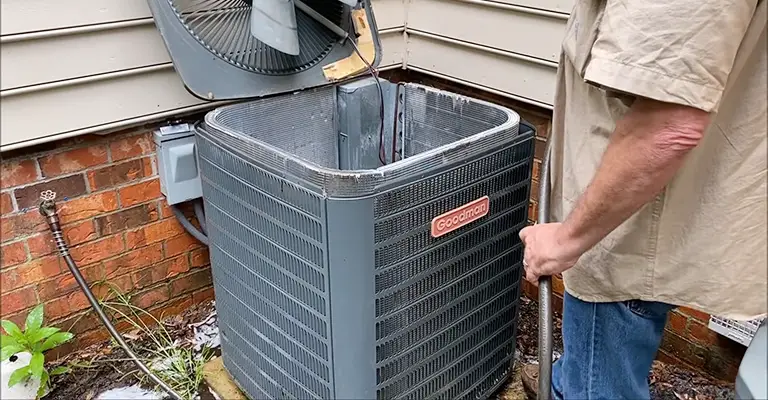
Remove snow from its exterior to ensure the outside unit can effectively draw heat from the outside air. An accumulation of snow against the cabinet will prevent the unit from drawing in heat.
Moisture inside the cabinet can also cause corrosion that seriously damages the heat pump if it gets inside.
4. The Pump Is Frozen
The air-to-air heat pump draws heat from the outside and transfers it to the interior. Your home is then supplied with air from that source.
The heat pump may struggle to draw heat from outside your home even when it has been set to the highest temperature possible.
Taking a look at your outdoor equipment is the next step if that’s the case. You can check to see if the pump itself is frozen. You can’t heat your heat pump when it’s surrounded by ice.
It is possible for a heat pump to freeze over for a few reasons. You can’t expect them to do this on their own. Some of them can be fixed easily, while others require someone to assist you immediately.
An accumulation of snow around your heat pump is the easiest problem to fix. Shoveling all that snow is not easy for anyone, even the experts. We say “easy,” but we mean simple.
You might also notice that your heat pump is leaking refrigerant. In addition to absorbing heat, refrigerant also helps the pump work effectively.
However, low levels can cause the pump to struggle. Refrigerant handling should always be left to professionals, so this problem will need to be resolved by a technician.
5. Faulty Thermostat
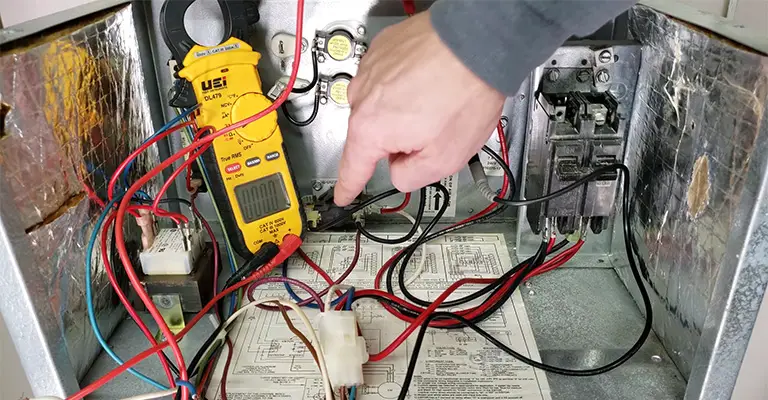
There is a possibility that issues with the thermostat can contribute to discomfort with a heat pump. Having a mis-calibrated thermostat can cause the heat pump to run for a much shorter period of time than expected.
There is also a possibility that the thermostat could lose its connection to the reversing valve, which makes it impossible for the system to switch from cooling to heating. Software problems may exist.
An HVAC professional will need to inspect the system if this is the case. Using a couple of extra degrees on the thermostat may provide a temporary fix if the temperature doesn’t seem to be correct.
6. The Reversing Valve Is Broken
In the heat pump, the reversing valve is responsible for switching between heating and cooling modes. When the refrigerant leaves the compressor, the valve determines the direction in which it moves.
It will make it impossible for the heat pump to switch between modes if the valve becomes stuck. A broken reversing valve may be responsible for your heat pump’s inefficiency. To fix this, professionals can replace the valve.
7. Circuit Breaker Is Tripped
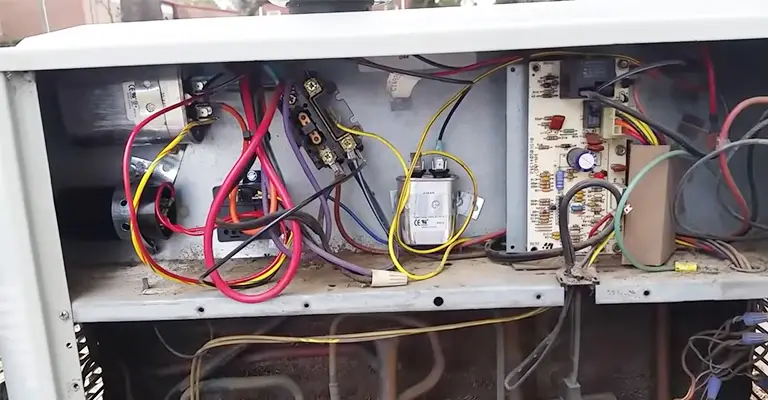
You may have an electrical issue, or lack of electricity, causing your heat pump not to work properly. Don’t forget to check your electrical panel for any unturned breakers.
You should examine the breakers for indoor and outdoor units to see if they were tripped. If the breakers keep tripping, a professional electrician or HVAC technician should be called.
8. The Heat Pump Isn’t Right For Your House
Your heat pump may not be sized correctly to provide warmth, or a heat pump may not be the best option for your home. If this is your first winter with your heat pump, you may discover that the system is not the right choice.
To ensure that your HVAC system works properly, you should work with experienced professionals.
It’s not the right fit for every home and climate, and sometimes it’s better to have a dual fuel system, which combines a heat pump and a furnace for backup.
9. It’s Just Too Cold
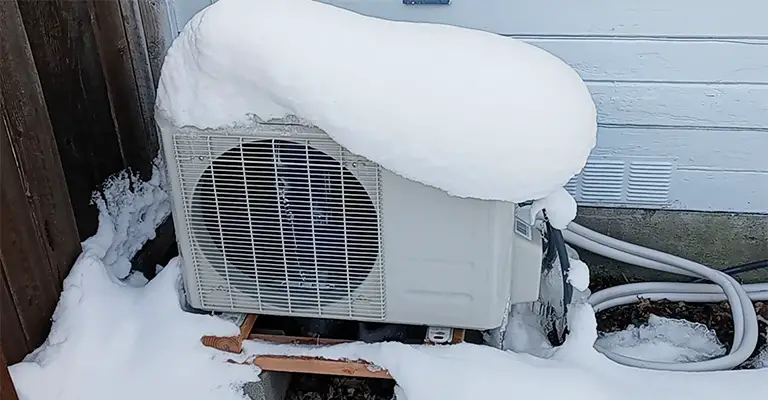
Even though air-to-air heat pumps have plenty of advantages, they aren’t as powerful as other methods. It may be too cold for your heat pump to cope if you live in extremely cold areas.
Essentially, air-to-air heat pumps draw heat from the outside. Heat is essential to your pump’s operation, but not if there isn’t enough of it.
If you want to keep your home warm in this case, your only real option is to install a backup heating system.
Although air-to-air heat pumps can be used in cold climates, you’ll need another heating source if the temperature drops below freezing outside. There are several benefits to using propane: it burns cleanly and gets very, very hot.
10. Keep Up With HVAC Maintenance
Keeping up with HVAC maintenance will help you avoid a wide range of issues, from low output to low efficiency.
Each year, you should schedule two appointments: one to fix your heating system before winter and the other to fix your air conditioner before summer.
Even though these appointments come with a cost, they can greatly increase your HVAC system’s lifespan, prevent potentially expensive repairs, and help cut down on the likelihood of a breakdown in the future.
Preventing voiding your warranty is possible with regular maintenance for your heat pump.
Final Words
Heat pumps often suffer from mechanical problems, as do other systems in your home. Occasionally, you can avoid the need to call a professional by knowing some basic heat pump troubleshooting steps.
A few obstacles may hinder you from troubleshooting a heat pump problem, and if you’re experiencing repeated issues, it’s best to contact a professional.






